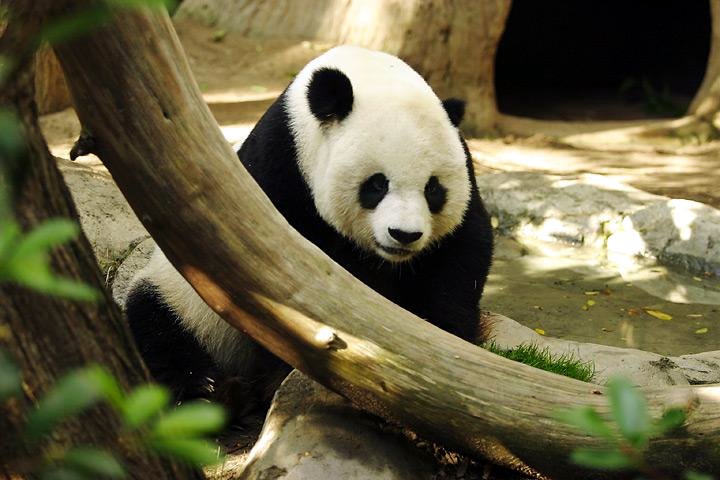Everyone has heard the adage that on the internet, nobody knows you’re a dog. Until recently, I hadn’t realised that the original source of it was a cartoon by Peter Steiner published in The New Yorker in 1993, making it a remarkably prescient observation for one made so early in the life of the internet. Not, of course, in the literal sense (although the number of people who create Twitter accounts for their dogs continues to be one of my pet peeves), but because of what it says about the benefits and drawbacks of anonymity on the internet.
One might initially think that this has little relevance to social networks within a business, used for communication and collaboration between employees. Few companies would (I hope) tolerate employees participating anonymously in such a network, or portraying themselves as a dog. But many employees have subtly (or not so subtly) different personalities in online communities to real life. This isn’t necessarily a deliberate affectation, merely a reflection of the way they communicate. This presents both opportunities and challenges for community managers – reluctant communicators may be more comfortable interacting online, whereas others may shun the community in favour of face-to-face discussions. So while a company social network may not be full of dogs, there are several other species to watch out for.
 The Owl
The OwlA proverbially wise creature, but very hard to spot. The owl may work different hours to the rest of us, and be easily scared away. A social network provides a great way of unlocking some of an owl’s wisdom by allowing them to contribute their knowledge in their own time and own way.
 The Monkey
The MonkeyA very social animal, and therefore a natural adopter of a company social network. But prone to becoming rather loud and irritating, which can alienate other members of the network due to over-sharing. Community managers need to harness the monkey’s natural social enthusiasm, but stop it getting out of hand.
 The Giant Panda
The Giant PandaShy and notoriously reticent to engage, even with their own species. The panda is valued immensely by everyone, but is endangered because of its apparent inability to consummate its relationship with co-workers. A social network may be the ideal way of unlocking the panda’s potential.
 The Squirrel
The SquirrelA terrible hoarder of information, the squirrel is inclined to bury what it knows in places that only it can find. The squirrel needs to be encouraged to share its nuts with the rest of us.
 The Lion
The LionUndisputed king of the jungle, the lion struts around the company, delegating the hard work of hunting to his pride of lionesses. He may feel that participation in a social network is beneath him, a job for his lionesses. But all animals look up to the lion at the top of the food chain, and success of the social network may very well be dependent on encouraging him to participate to set an example to the rest of the animals.
With such a range of species, your enterprise social network becomes a veritable Animal Farm. And this highlights another challenge for community managers. The best social networks are self-governing, but, as all students of literature know, life down on the farm doesn’t work out quite so well. So a carefully balanced network governance and moderation policy is required; without it the network ceases to be useful as it becomes full of animals trying to overthrow the farmer. But if the governance is too heavy-handed, life on the network becomes too close to an even better-known Orwellian allegory. And that is equally disastrous for the success of the network as it deters participation.
So managers of successful social networks need to take their inspiration not from literary classics, but from Disney, whose animals all live together in perfect harmony, respecting each others’ talents rather than trying to architect new societies or eat each other.
